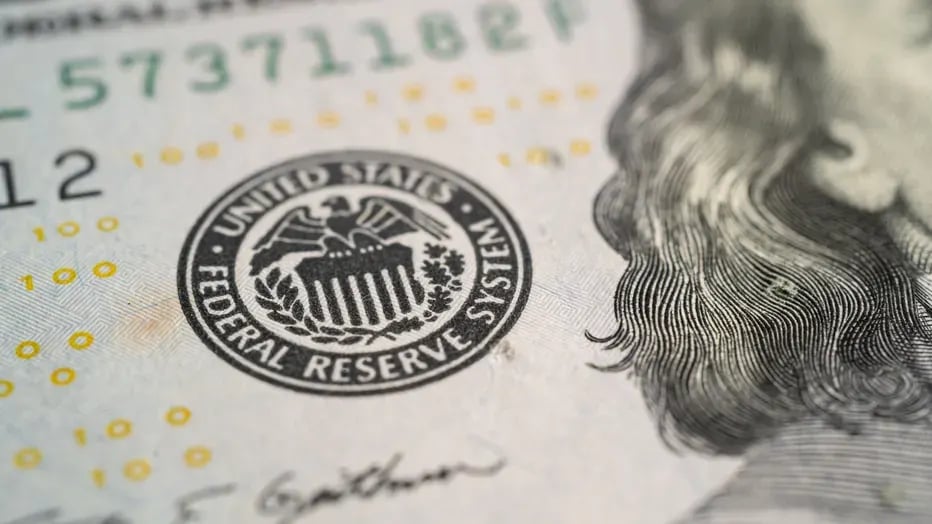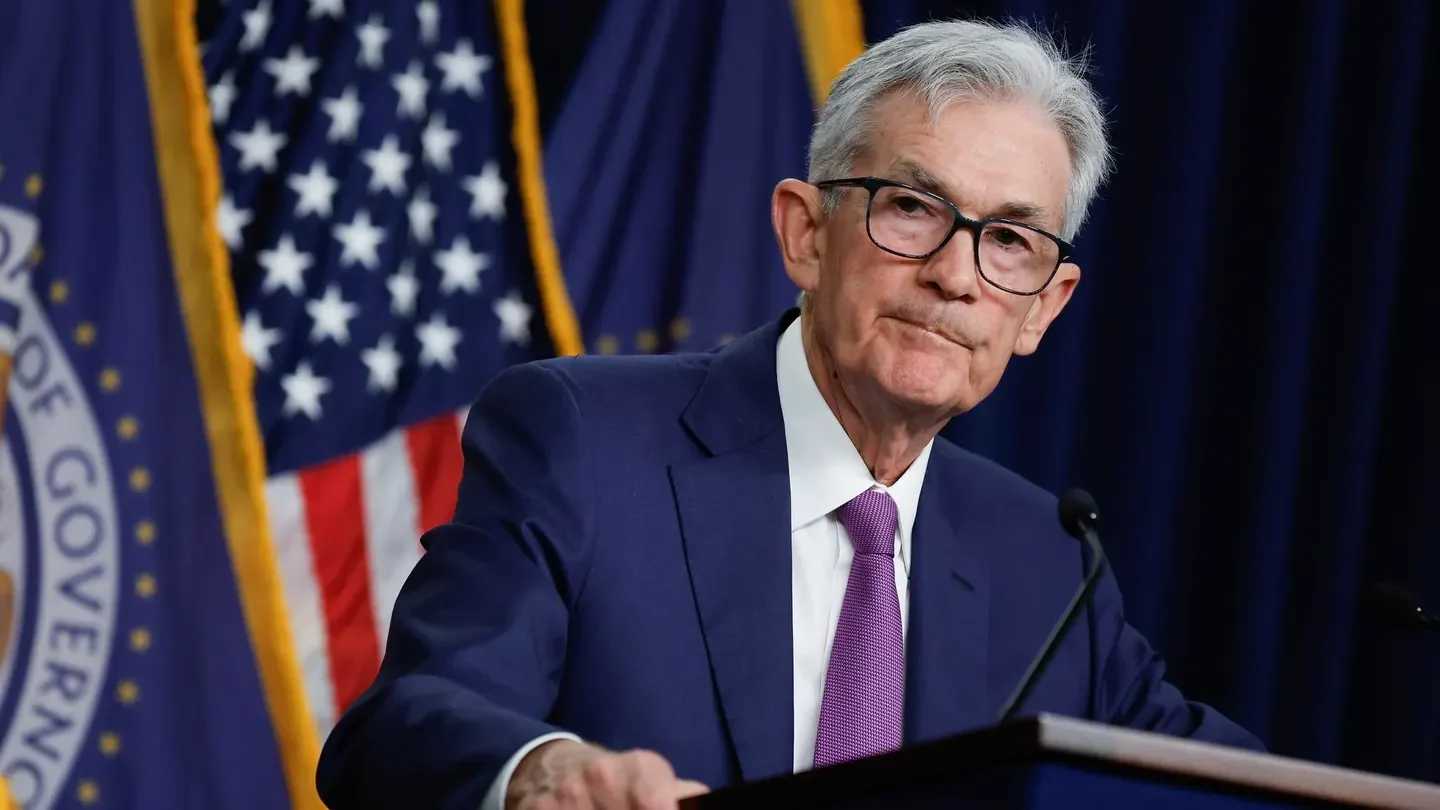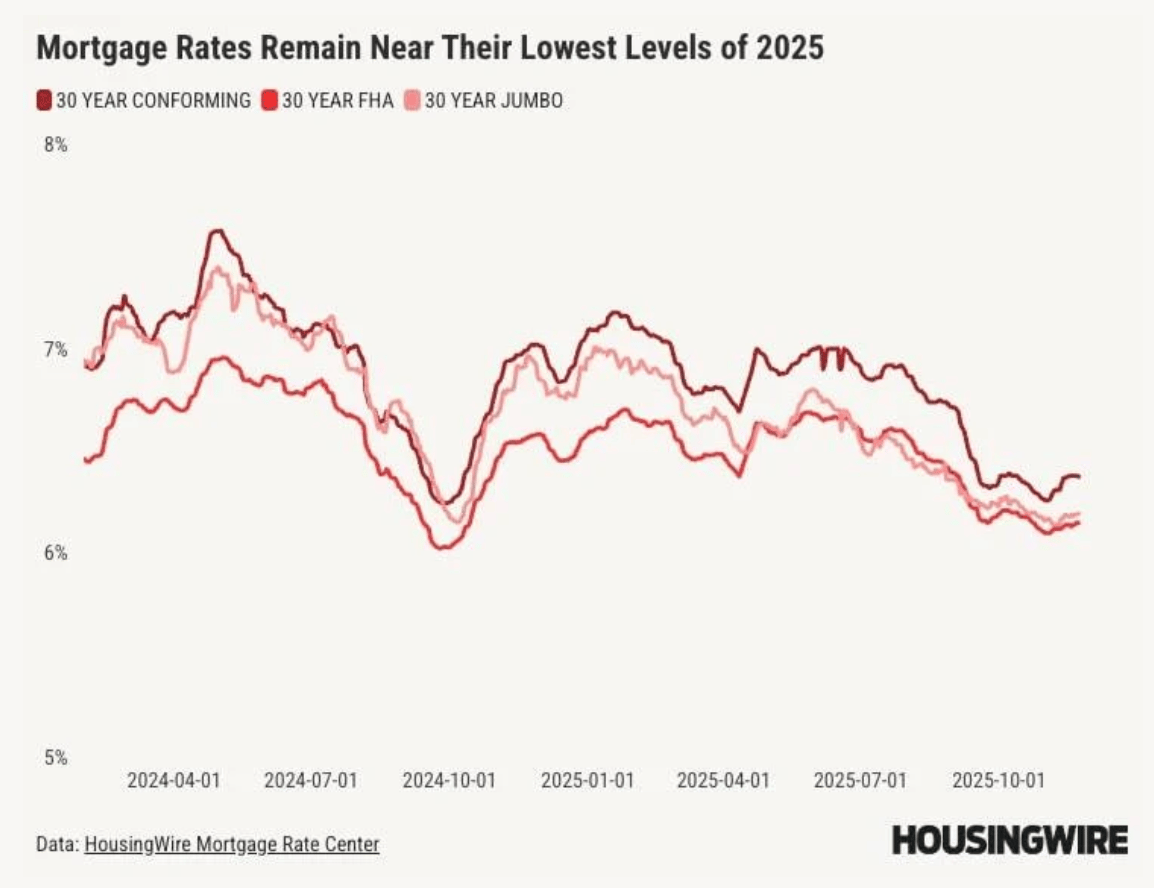The Federal Reserve took the widely expected step Wednesday of announcing its first interest rate cut in years, a move that will have a major impact on the finances of Americans across the board, making borrowing cheaper, though the golden days of high-yield savings instruments may be over.
Federal Reserve Chairman Jerome Powell
Key Facts
The Fed’s policy-setting committee cut the federal funds rate by 50 basis points, the more aggressive move as consensus was split between a 25 or 50 basis-point cut.
It’s the first cut to the federal funds rate since March 2020, bringing rates down to 4.75% to 5% from the 5.25% to 5.5% range they’ve sat since last July, the highest rates had been since 2001.
The Fed pivot follows the continued moderation of inflation, which caused rates to spike in the first place.
What Do Fed Rate Cuts Do?
The Fed only officially controls the federal funds rate, which determines the interest charged in overnight cash reserve transactions between banks. But the central bank’s rate decisions affect borrowing costs across the board, as lenders typically set rates based upon the Fed-determined range, and rate cuts will more broadly ripple throughout the economy as well. Here are some of the most tangible ways rate cuts will impact everyday Amerians:
Housing
Mortgages pose perhaps the most obvious jolt for consumers from rate cuts, as mortgage rates are tightly linked to yields for government bonds, which in turn are a reflection of the Fed’s monetary policy. Mortgage rates already hit a 19-month low last week of 6.2% on 30-year fixed loans, as brokers braced for the impending rate cuts, and it’s likely the downward descent will continue as the Fed prepares to further cut rates.
Car Loans
Consumer loans will get cheaper with lower Fed rates, including auto loans, which sit now at their most expensive rate since 2001, up from 2021’s sub-5% rate for new car loans to about 8.7%. The cost of other debt like variable-rate private student loans and credit card interest should also come down.
Job Market
Companies will also reap the benefits of more accessible credit. Lower rates are typically associated with friendlier hiring as employers’ bottom lines get a boost from cheaper borrowing costs.
Savings
Perhaps the most materially negative change from rate cuts for Americans’ finances is that the high-yield savings accounts, certificate of deposit accounts and money-market funds, which offered enticing returns for savers over the last two years, will lose some of their luster. Those are tightly linked to the federal funds rate, meaning yields for those accounts will quickly fall as the Fed cuts.
How Rate Cuts Impact Stocks
Rate cuts are typically considered a boon for stocks, as money gets pulled away from lower-yielding government bonds and money market funds, leaving investors searching for more enticing returns. The U.S. benchmark S&P 500 stock index has gained 86% of the time in the 12 months after the first rate cut in a cycle dating back to 1929, according to Charles Schwab.
Contra
Though rates are about to come down, it’s not likely the U.S. will return to the low-rate environment that became the norm. The Fed forecasts a long-term federal funds rate of 2.8%, higher than rates ever were from March 2008 to Sept. 2022, a far ways from the near-zero rates set from Dec. 2008 to Dec. 2015 and March 2020 to March 2022.
Derek Saul, Forbes September 18, 2024





